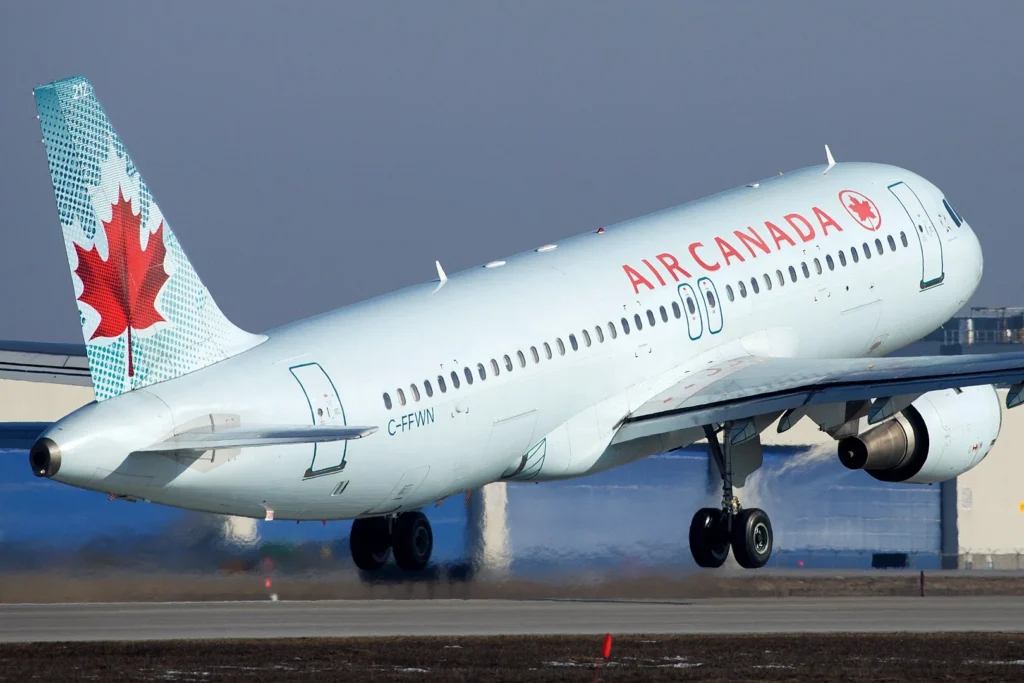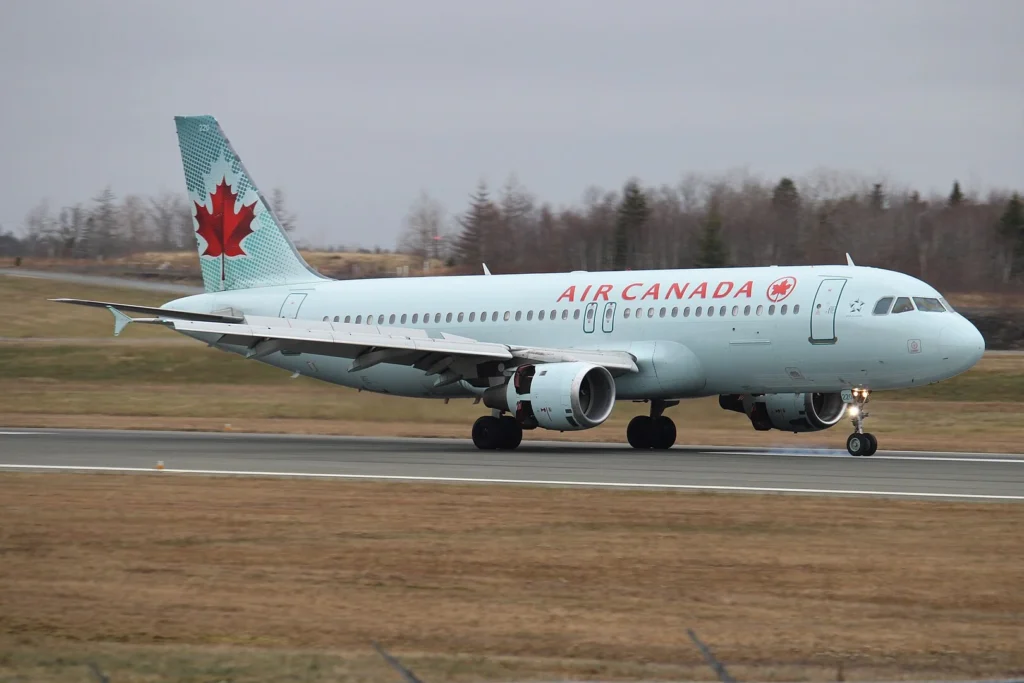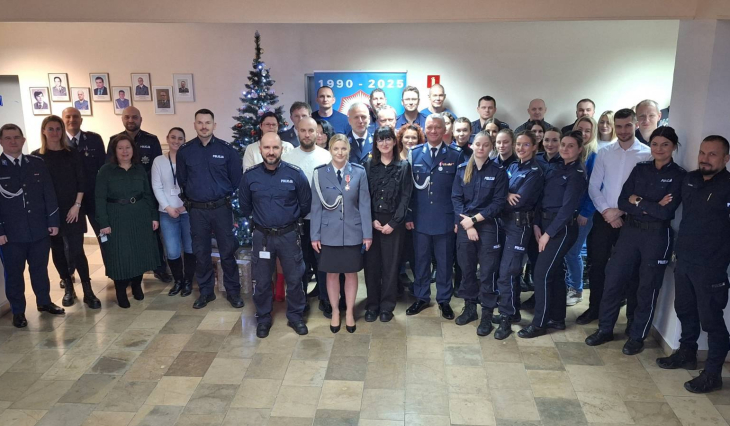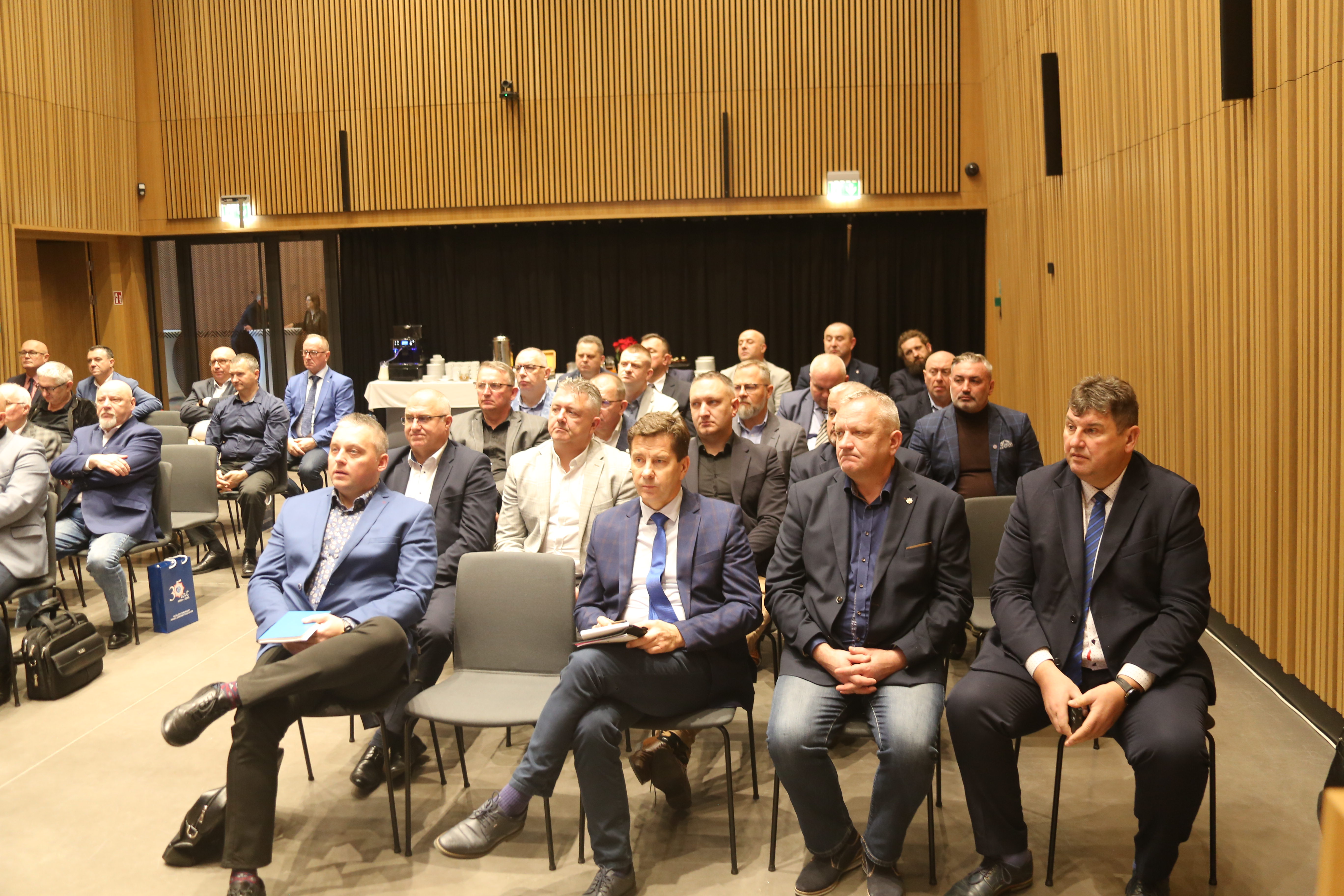
MONTREAL- In July 2017, Air Canada (AC) Flight 759 narrowly escaped disaster at San Francisco International Airport (SFO) when its pilot nearly landed on a crowded taxiway instead of the runway.
This incident, described as a potential “worst aviation accident in history,” prompted a thorough investigation by the National Transportation Safety Board (NTSB).
The Airbus A320, carrying 140 passengers, was seconds from catastrophe due to pilot error and systemic failures, highlighting critical aviation safety gaps at San Francisco (SFO).
 Photo: Airbus
Photo: AirbusAir Canada Deadliest Disaster Averted
On July 7, 2017, Air Canada Flight 759, an Airbus A320, was cleared to land on Runway 28R at San Francisco International Airport just before midnight.
The pilot, however, misaligned the aircraft with Taxiway C, where four planes awaited takeoff. The aircraft descended to just 100 feet above ground, overflying the first plane on the taxiway, and reached a minimum altitude of 60 feet while passing over a second plane.
A last-second go-around maneuver, initiated by the flight crew, averted a collision.
The NTSB report, released in 2018, emphasized the razor-thin margin of safety, noting “only a few feet of separation” prevented a catastrophe.
Audio recordings captured the pilot’s confusion, querying air traffic control about lights on the runway.
An alert pilot on the ground, likely from a waiting aircraft, radioed, “Where’s this guy going? He’s on the taxiway,” prompting the tower to order the go-around.
A United Airlines (UA) pilot later reported that the Air Canada plane “flew directly over us.”
 Photo: By BriYYZ from Toronto, Canada – Air Canada Airbus A320-200 C-FFWN, CC BY-SA 2.0, https://commons.wikimedia.org/w/index.php?curid=47801236
Photo: By BriYYZ from Toronto, Canada – Air Canada Airbus A320-200 C-FFWN, CC BY-SA 2.0, https://commons.wikimedia.org/w/index.php?curid=47801236Investigation and Key Findings
The NTSB identified multiple factors contributing to the near-miss. The primary cause was the flight crew’s misidentification of Taxiway C as Runway 28-Right, stemming from their failure to review critical Notice to Airmen (NOTAM) information.
The NOTAM indicated that the parallel runway, 28-Left, was closed, which should have alerted the crew to the correct runway configuration.
Additional factors included the crew’s failure to tune the instrument landing system (ILS) for backup guidance, which could have provided precise runway alignment.
Expectation bias, where the pilots assumed the taxiway was the runway due to its appearance, also played a role.
Fatigue was a significant contributor, as the late-night flight disrupted the crew’s circadian rhythms, and prolonged wakefulness impaired decision-making.
The NTSB also cited breakdowns in crew resource management (CRM), noting poor communication and coordination among the five flight crewmembers.
Had the aircraft landed on the taxiway, it would have collided with multiple fully fueled aircraft, potentially killing hundreds.
NTSB Vice Chairman Bruce Landsberg emphasized: “Only a few feet of separation prevented this from possibly becoming the worst aviation accident in history.”
 Photo: By Venkat Mangudi – P1171052, CC BY 2.0, https://commons.wikimedia.org/w/index.php?curid=46460504
Photo: By Venkat Mangudi – P1171052, CC BY 2.0, https://commons.wikimedia.org/w/index.php?curid=46460504ATC’s Role and Pilot Reaction
Audio recordings released after the incident provide insight into the chaotic moments. Air traffic control (ATC) at San Francisco International Airport was not faultless.
While the tower correctly cleared Air Canada Flight 759 to land on Runway 28-Right, controllers failed to notice the aircraft’s misalignment until alerted by a pilot on the ground.
Pilots on the ground confirmed how close the aircraft came. One stated, “Air Canada flew directly over us.” The tower acknowledged, “Yeah, I saw that guys.”
The tower’s response was swift, ordering the go-around, but the incident exposed vulnerabilities in ATC monitoring during high-traffic, late-night operations.
The NTSB recommended enhanced training for controllers to improve situational awareness and detect such errors earlier.
 Photo: By Atlantic Aviation Media – https://www.flickr.com/photos/193032273@N08/51174440150/, CC BY 2.0, https://commons.wikimedia.org/w/index.php?curid=107555292
Photo: By Atlantic Aviation Media – https://www.flickr.com/photos/193032273@N08/51174440150/, CC BY 2.0, https://commons.wikimedia.org/w/index.php?curid=107555292Lessons and Safety Improvements
The near-miss spurred significant changes in aviation safety protocols. The NTSB issued recommendations to improve NOTAM dissemination, urging clearer, more accessible formats to ensure pilots review critical information.
The Federal Aviation Administration (FAA) implemented stricter guidelines for runway and taxiway lighting to reduce visual confusion at night.
Air Canada revised its crew training programs, emphasizing CRM, fatigue management, and pre-flight briefings.
The incident also highlighted the importance of ground-based safety systems. San Francisco International Airport now relies more heavily on technologies like Airport Surface Detection Equipment (ASDE-X), which tracks aircraft movements to prevent runway incursions.
Industry-wide, the event underscored the need for robust pilot-ATC communication and cross-verification to catch errors before they escalate.
 Photo: Caribb | Flickr
Photo: Caribb | FlickrBroader Implications for Safety
This incident, while averted, serves as a stark reminder of the aviation industry’s thin margin for error.
It joins other high-profile near-misses, such as the 1977 Tenerife disaster, in shaping modern safety protocols.
The Air Canada event emphasized that even routine flights can become catastrophic without rigorous adherence to procedures.
As air traffic grows, airports like San Francisco (SFO) face increasing pressure to maintain safety amid complex operations.
The aviation industry continues to evolve, integrating advanced technologies like automated landing systems and real-time monitoring to reduce human error.
However, the human element—pilot training, fatigue management, and effective communication remains critical to preventing disasters.
Stay tuned with us. Further, follow us on social media for the latest updates.
Join us on Telegram Group for the Latest Aviation Updates. Subsequently, follow us on Google News
Delta Air Lines Tries to Silent its Former Pilot Over Toronto Plane Crash
The post Air Canada Pilots Once Averted Deadliest Disaster in the History appeared first on Aviation A2Z.









